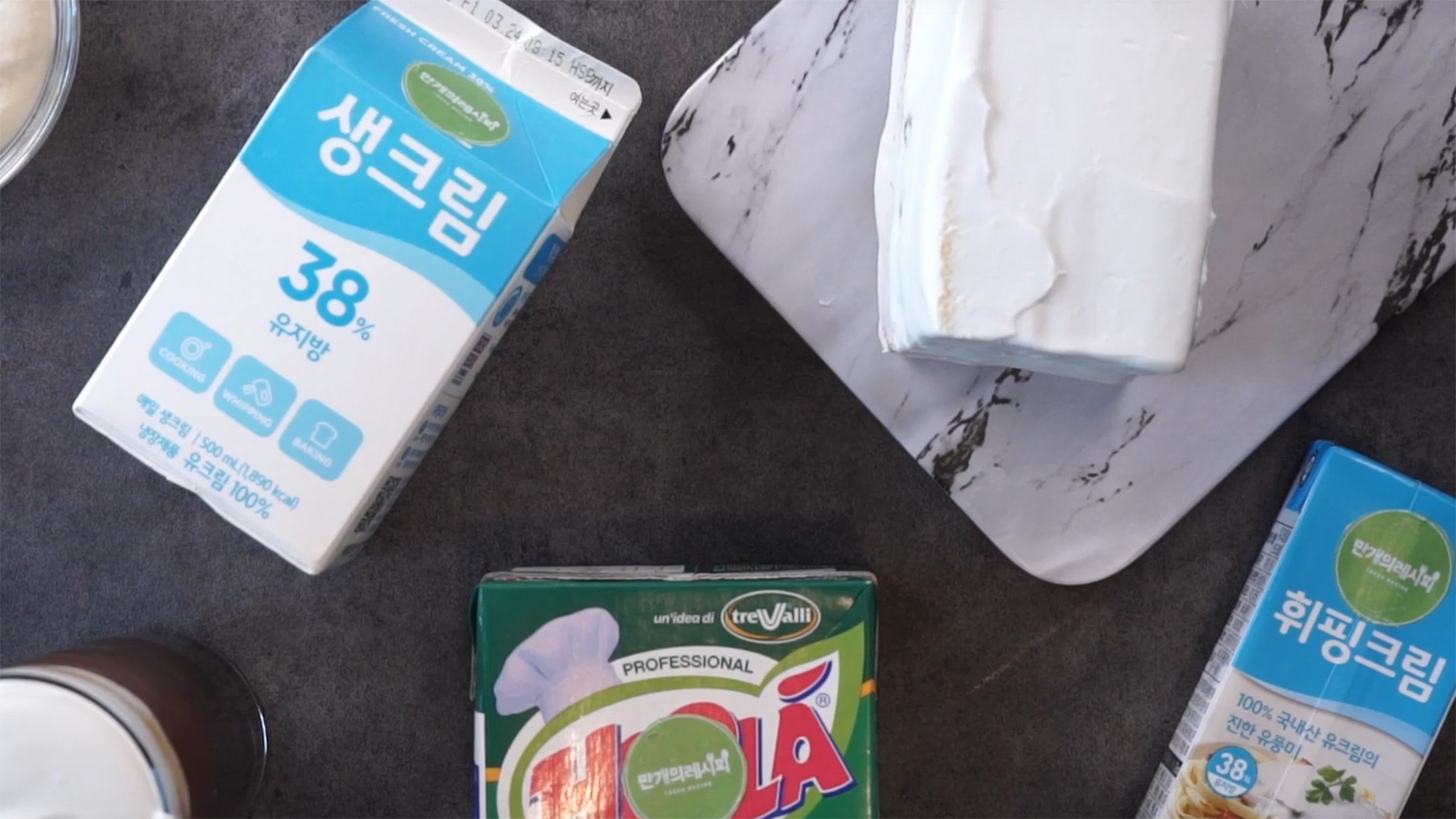Understanding Whipping Cream: The Difference Between Dairy and Non-Dairy Whipped Cream
Dairy vs. Non-Dairy Cream: Ever Wondered About the Difference? Your Ultimate Guide to Whipping Cream!

Dairy? Non-Dairy? What’s the Real Difference? Manle Recipe is here to clarify the distinctions between various types of cream. Learn the secrets of cream with Manle Recipe, your gateway to all the recipes in the world!
Key Ingredients- Whipping Cream (Dairy)
- Whipping Cream (Non-Dairy)
- Whipping Cream (Dairy-based with additives)
Cooking Instructions
Step 1
There are primarily two types of whipping cream. The first is ‘dairy whipping cream,’ made from 100% animal milk. The second is ‘non-dairy cream,’ made from plant-based oils like soybean or palm oil. Dairy cream has a shorter shelf life and is sensitive to temperature, making it ideal for cooking.

Step 2
Non-dairy cream, commonly referred to as ‘whipping cream,’ is made from vegetable oils. This gives it a longer shelf life and greater stability, making it perfect for pastry and baking applications. Many non-dairy creams also have added sugar, which can be convenient. Think of the whipped cream topping on beverages – that’s often non-dairy.

Step 3
Dairy-based whipping cream typically contains around 99% milk fat (cream) with some added stabilizers. It’s often used as a substitute for pure heavy cream. This type is frequently used in desserts like cream cakes to achieve a rich, fluffy texture.

Step 4
Let’s compare them in terms of price and performance. Generally, the price order is: ‘Dairy Cream > Dairy Whipping Cream > Non-Dairy Whipping Cream.’ In terms of solid content (how well it holds its shape), ‘Non-Dairy Whipping Cream > Dairy Whipping Cream.’ When it comes to taste, ‘Dairy Cream > Dairy Whipping Cream’ is the preferred order. Non-dairy creams tend to have a lighter flavor and a sweeter taste.



